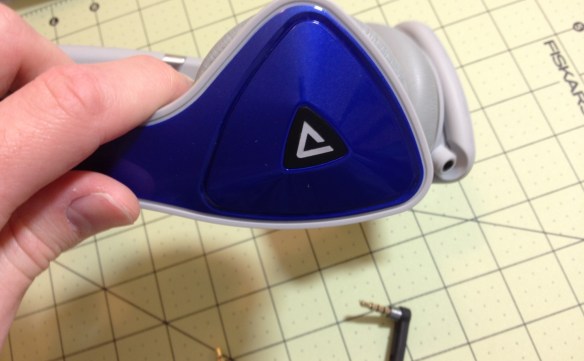What? How can I review a label maker? It makes labels. If it doesn’t, it’s not a good one, right? Pretty much. And with that being said, let’s take a quick look at the Casio Label-It KL-60 label maker.

The device itself is a relatively small, but certainly not pocket-sized, boxy shape. But it’s that rounded off type of boxy that makes it hard to store in many places. The keyboard is scrunched in the center of the device with a lot of room around it that I think would have been better used by a larger keyboard. The screen also has conspicuously little space. It’s one of the tiny, split-pixel LCD screens that aren’t very good but will generally last forever. It only displays about 4 characters at a time but it gets the job done. The very prominent cutter button is easy to find and depress, as well.

Batteries and tapes go in the back. The batteries last for a while, but not too long, and the tapes are fairly easy to install, though I would recommend using the instructions. The keyboard is hard to use because of its size, but everything is clearly labeled. And the UI, while confusing on first use, gets easier to understand when one understands the limits of the hardware. The character selection is nice and the screen is easy to read. Printing and peeling the labels takes longer than I would like it to, but I think that’s just larger printers giving me unrealistic expectations. The device comes with a black-on-clear tape, which sticks to a lot of things but not nearly as many things as the black-on-white tape, for some reason, and that’s the style I would recommend. The letters are blocky but readable and small enough that at average reading distance they don’t look unattractive.
Is it a good labeler? Yes. It works. It has a few quirks but it gets the job done and if one wants an easy way to label many (not slick) items I’d recommend one over a printer. It has the same limitation most other labelmakers do, with maybe a bit more restrictions in the font category, but it’s much quicker and more fun to use. If you have a lot of things to label I’d look into this or a similar model to get it done. They’re less gimmicky than they look.










